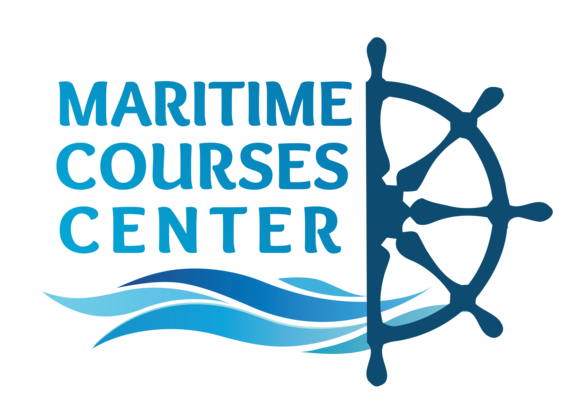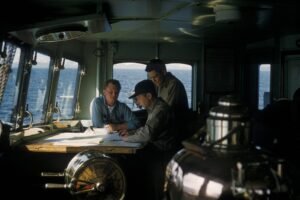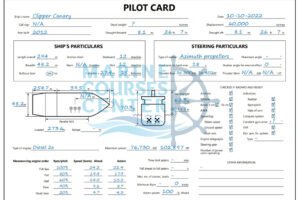Understanding Tidal Heights and Levels

Table of Contents
Understanding Tidal Heights and Levels
The study of tides is a crucial aspect of marine navigation and seafaring. The tides have a significant impact on the depth of the sea and can affect the safe passage of ships and boats. To understand the tides, it is important to have a basic knowledge of tidal heights and levels. In this article, we will explain the datum of tidal predictions, heights, and levels in a comprehensive manner.
I. Datum of Tidal Predictions
A. Soundings on Admiralty Charts
The soundings on Admiralty charts are given below the level of chart datum. Chart datum is defined as a level that is so low that the tide will not frequently fall below it.
B. International Agreement
By international agreement, the datum for tidal predictions must be the same as the datum for soundings. This is to ensure that the total depth of water is equal to the charted depth plus the height of the tide.
C. Variations in Datum’s
The levels at which datum’s have been established at standard ports vary widely, and they do not conform to any uniform tide level. Modern practice is to establish datum at or near the level of the Lowest Astronomical Tide (LAT), but Table V in the Tide Tables should always be referred to for planning passages, etc. as this shows many datum’s different from LAT.
D. Checking the Datum
It is advisable to check that chart datum and the datum for tidal predictions are the same. Comparing the tide levels printed on the chart with those in the Tide Tables can easily do this. “Understanding the Importance of Mean High Water Springs, Mean Higher High Water, and Mean Sea Level in Admiralty Charts”
ii. Introduction to Heights on Admiralty Charts
Admiralty charts are crucial navigation tools for mariners and seafarers. The heights on these charts are given above a specific vertical datum to ensure accurate navigation and safe passage. In this article, we’ll delve into the three vertical datums used in Admiralty charts: Mean High Water Springs, Mean Higher High Water, and Mean Sea Level.
- Mean High Water Springs
In areas where the tides are semi-diurnal, the height on Admiralty charts is given above Mean High Water Springs. Mean High Water Springs (MHWS) is the average height of the high water over a spring tidal cycle. This datum is used to provide accurate information on the navigational depths of waterways, harbors, and ports.
- Mean Higher High Water
In areas where there is a diurnal inequality, the height on Admiralty charts is given above Mean Higher High Water. Mean Higher High Water (MHHW) is the average height of the higher high water over a tidal cycle. This datum is used to provide mariners with accurate information on the tidal range and the navigational depths of waterways, harbors, and ports.
- Mean Sea Level
In areas where there is no tide, the height on Admiralty charts is given above Mean Sea Level. Mean Sea Level (MSL) is the average height of the sea surface over a long period, usually over several years. This datum is used in areas where the tidal range is negligible, providing mariners with accurate information on the navigational depths of waterways, harbors, and ports.
Conclusion
In conclusion, understanding the importance of Mean High Water Springs, Mean Higher High Water, and Mean Sea Level in Admiralty charts is crucial for safe navigation. These vertical datums provide mariners with accurate information on the navigational depths of waterways, harbors, and ports, ensuring safe and successful voyages. Whether you’re a seasoned mariner or a beginner, it’s essential to have a good understanding of these datums and how they are used in Admiralty charts.
Leave A Reply
You must be logged in to post a comment.




1 Comment